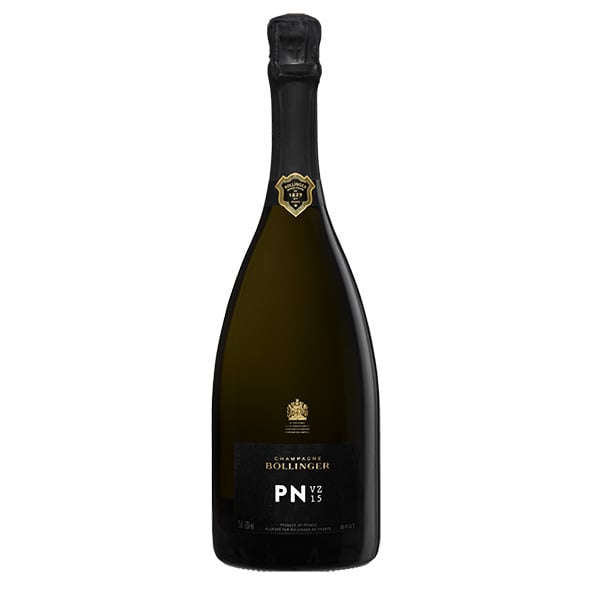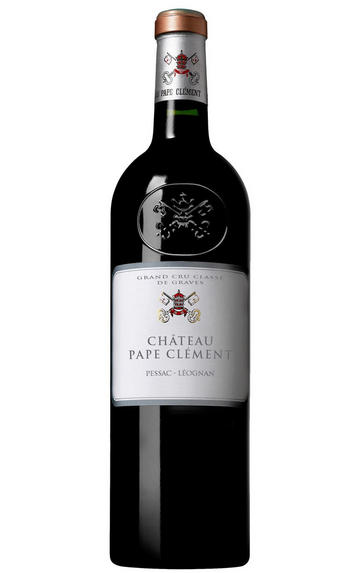Loose Bottles: Old & Rare Red Bordeaux



Featured
PN VZ15 marked Bollinger’s first new cuvée since 2008. The PN series is Bollinger’s answer to the grower Champagne movement, each release highlighting a different cru to explore Pinot Noir through the lens of terroir. This first edition focuses on Verzenay, a Grand Cru village famed for producing structured, mineral-rich Pinot Noir from its chalky soils.
Price: £365 per 6x75cl IB

Tuscany
View 6 pack case(s) available.

Bordeaux
View loose bottle(s) and 12 pack case(s) available.

Bordeaux
View 12 pack case(s) available.

Bordeaux
View loose bottle(s) and 6/12 pack case(s) available.
Pricing includes duty and VAT.
Bordeaux
First Growths